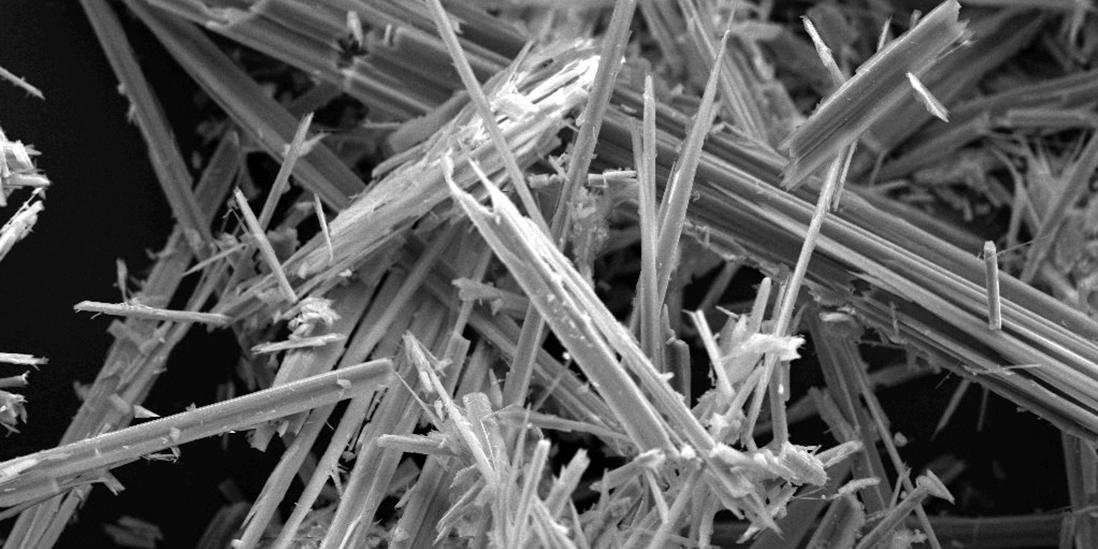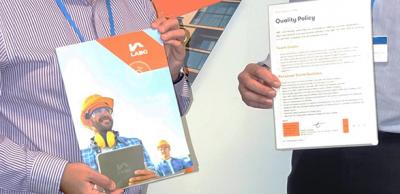Unsure about handling asbestos?
Asbestos was widely used in home construction from 1930 to around 2000, particularly from 1960 onwards. If you are dealing with an extension or refurbishment of a property built around this time then it’s possible that you will come into contact with asbestos materials. Asbestos was commonly used in many ways inside and outside of buildings, some of which include:
Asbestos inside the home
- Asbestos cement (water tank)
- Loose fill insulation (loft)
- Ceiling tiles, partition walls, panels in fire doors, around boilers
- Thermoplastic floor tiles and their adhesive backings and linoleum
- Textiles (fire blankets)
- Textured decorating coatings (artex ceilings etc) including some plasters
- Sealant around windows and joints including putty
Asbestos outside the home
- Corrugated cement roof tiles and asbestos sheets, gutters and downpipes, flue pipes
- Soffits
- External cladding panels
- Boiler flues and water tanks
- Window sills
Asbestos was outlawed in the UK in 1999. By the time doctors began to associate various lung diseases and mesothelioma (a particularly aggressive form of cancer) with exposure to asbestos, the damage had already been done and was irreversible.
This is because the fibres from asbestos can remain dormant in the lungs for as long as 20 years from the time a person has first been exposed to it. Mesothelioma mimics so many other illnesses that it is often diagnosed far too late for any treatment to be effective, so there are few survivors.
So why would you put yourself at risk?
A standard asbestos survey can be expensive and starts at around £300 before any of the materials are tested. However, there are now DIY sampling kits available that cost around £40 that offer UKAS-accredited testing and provide you with the answers within a few days to keep you safe on site.
Asbestos advice from the HSE
- Sampling doesn't require an asbestos licence
- If it has already broken off, you can take the sample yourself if there is no risk of spreading debris or exposing yourself to dust
- Watch where you walk!
- Dampen the sample
- Place it in a self-sealing polythene bag
- Put this in a second self-sealing bag
- Label it
- Make arrangements for analysis by a UKAS-accredited asbestos testing laboratory
The kits come complete with simple step-by-step instructions, HSE-approved PPE, sample bags and pre-paid delivery to a UKAS-approved laboratory to ensure you are protected while taking the sample(s).
Only a sample around the size of a 20 pence piece needs to be submitted.
Common sense dos and don’ts
- Reduce, minimise or stop activity in areas identified to contain asbestos. Keep children away from those areas
- Don’t use a normal domestic vacuum cleaner, duster or brush to clean asbestos containing areas.
- From a DIY point of view, small amounts of asbestos can be dealt with, but for large areas it's essential to seek professional assistance.
- If you suspect the presence of asbestos don’t underestimate the importance of doing something about it.
Further information
Asbestos health and safety at the HSE.
Sign up to the building bulletin newsletter
Over 48,000 construction professionals have already signed up for the LABC Building Bulletin.
Join them and receive useful tips, practical technical information and industry news by email once every 6 weeks.
Subscribe to the Building Bulletin




Comments
Ychwanegu sylw newydd